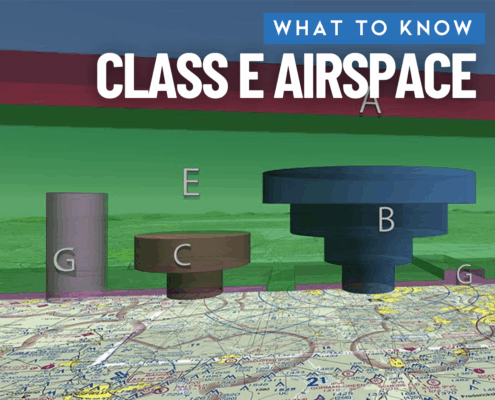
From the DPE: Why Lazy Eights Are a Challenge for Commercial Pilot Students
/
6 Comments
In this month’s From the DPE column, Jason Blair takes a deep dive into one of the most deceptively difficult maneuvers for commercial pilot students: the lazy eight. He explains why it tests not only technical skill but also energy management, coordination, and that elusive “feel” for the aircraft.

What’s Wrong: Cross-Country Mystery
Welcome to “What’s Wrong?“, a new twist on aviation challenge quizzes. “What’s Wrong?” works just like a real flight: You’re in an airplane, flying along and there are clues to a potential problem right there in front of you—but it’s still on you to notice them and take action before it’s too late.

Video Tip: Cessna 172 Electrical System
The electrical system is a critical component of today's modern airplanes, distributing and supplying power to the lights, avionics and digital flight instruments. This week's tip takes a look at the various elements that make up the electrical system in the popular Cessna 172 training airplane.

Quiz: Understanding the airplane Pitot-Static System
The pitot-static system is the source of valuable flight information for the pilot. But how does it work and what instruments are affected? Take this quiz to find out if you have mastered the finer details of the pitot-static system.

Video Tip: How to Identify Airport Runways and Traffic Patterns
A standard traffic pattern is normally flown when setting up to approach and land at an airport. In this video, we'll take a look at the standard ways to both enter and depart a traffic pattern, as well as look at how runways are identified based on their location and orientation.

Pilot’s Guide to Class E Airspace
Class E airspace is often confusing because it's not clearly depicted on the sectional chart but it’s crucial to understand its boundaries
